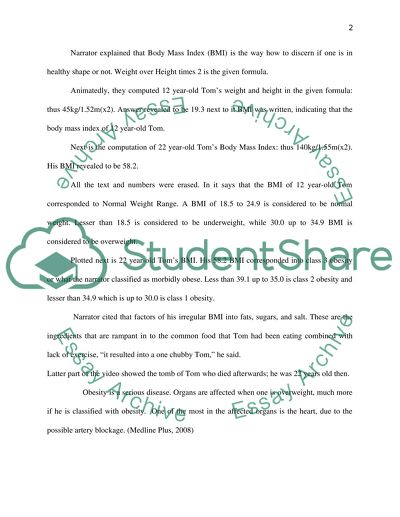Cite this document
(“Obesity Discourses and Physical Education Essay”, n.d.)
Retrieved from https://studentshare.org/miscellaneous/1503119-obesity-discourses-and-physical-education
Retrieved from https://studentshare.org/miscellaneous/1503119-obesity-discourses-and-physical-education
(Obesity Discourses and Physical Education Essay)
https://studentshare.org/miscellaneous/1503119-obesity-discourses-and-physical-education.
https://studentshare.org/miscellaneous/1503119-obesity-discourses-and-physical-education.
“Obesity Discourses and Physical Education Essay”, n.d. https://studentshare.org/miscellaneous/1503119-obesity-discourses-and-physical-education.


